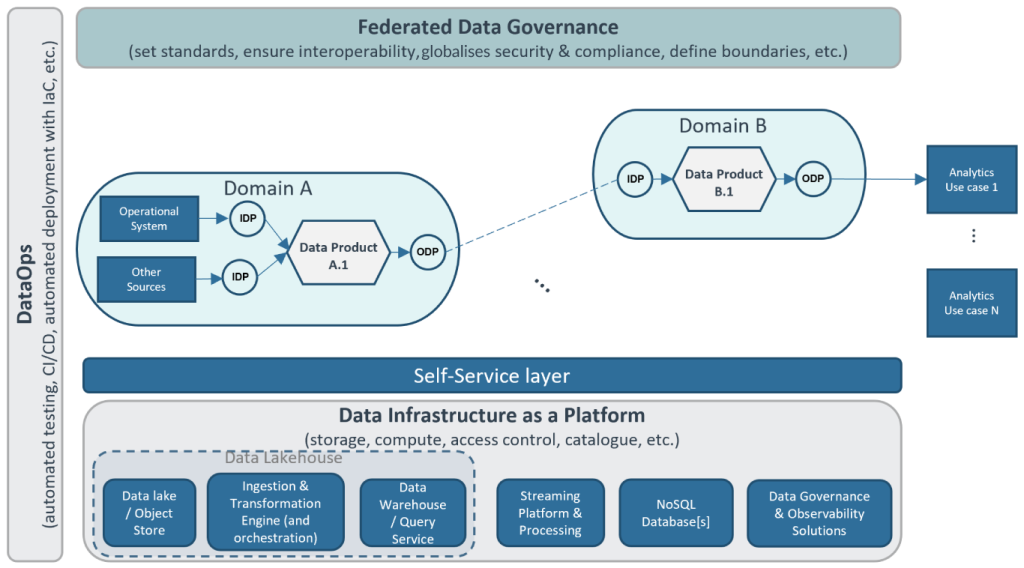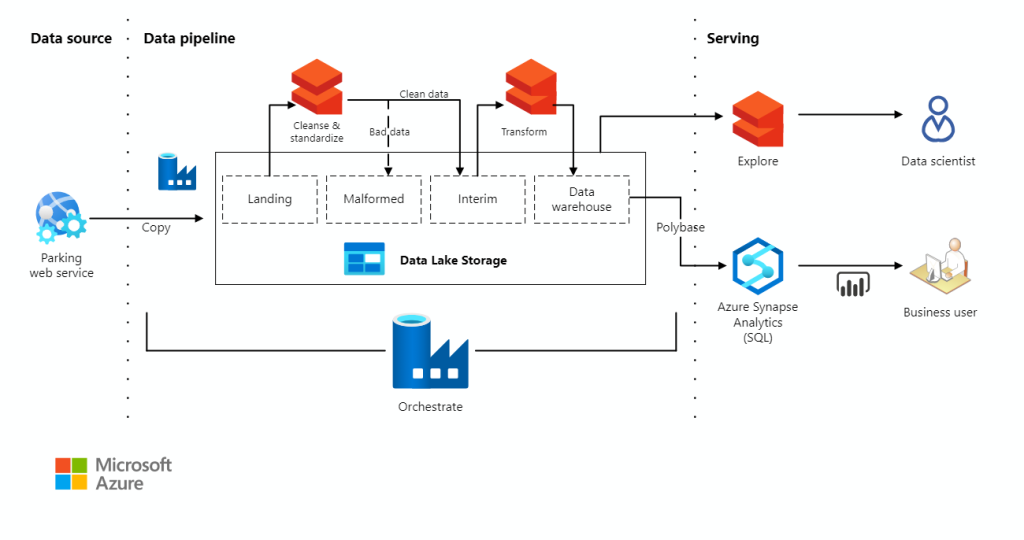
Are you looking for an effective way to manage your services? Look no further than DataOps! This innovative approach to service management is revolutionizing the industry, and can help you streamline your processes, improve efficiency, and drive better results. In this article, we’ll explore how to use DataOps for service management, and how it can benefit your business.
What is DataOps?
Before we dive into the specifics of using DataOps for service management, let’s first define what it is. DataOps is a methodology that combines agile development, DevOps, and data management principles to create a streamlined, collaborative approach to data analysis and management. It emphasizes collaboration, automation, and continuous improvement, and is designed to help organizations get more value from their data.
How Can DataOps Help with Service Management?
Now that we know what DataOps is, let’s explore how it can help with service management. Here are some of the benefits of using DataOps for service management:
Improved Efficiency
One of the biggest benefits of using DataOps for service management is improved efficiency. By streamlining processes and automating tasks, you can reduce the amount of time and effort required to manage your services. This means you can do more with less, and focus on delivering better results to your customers.
Better Collaboration
DataOps is designed to promote collaboration between different teams and departments. By breaking down silos and encouraging cross-functional communication, you can improve the quality of service delivery and ensure that everyone is working towards the same goals.
Increased Agility
Another key benefit of DataOps is increased agility. By using an iterative, continuous improvement approach, you can respond more quickly to changes in the market and customer needs. This means you can adapt your services to meet changing demands, and stay ahead of the competition.
Improved Visibility
DataOps provides better visibility into your data and processes. By using analytics and monitoring tools, you can gain insights into how your services are performing, and identify areas for improvement. This can help you make data-driven decisions, and optimize your services for better results.
How to Implement DataOps for Service Management
Now that we’ve explored the benefits of DataOps for service management, let’s look at how to implement it. Here are some steps you can follow:
Step 1: Define Your Service Management Goals
Before you start implementing DataOps, it’s important to define your service management goals. What do you want to achieve? What are your key metrics for success? By setting clear goals, you can ensure that everyone is working towards the same objectives, and measure your progress over time.
Step 2: Identify Your Data Sources
Next, you need to identify your data sources. What data do you need to manage your services effectively? This might include customer data, performance metrics, and other relevant data sources. By identifying your data sources upfront, you can ensure that you have the right data available to optimize your services.

Step 3: Build a DataOps Team
To implement DataOps, you’ll need a dedicated team. This might include data analysts, developers, IT professionals, and other relevant stakeholders. By bringing together a cross-functional team, you can ensure that everyone is working towards the same goals, and that you have the right expertise to execute your DataOps strategy.
Step 4: Implement Data Management Processes
With your team in place, you can start implementing DataOps processes. This might include data ingestion, data preparation, data analysis, and data delivery. By automating these processes and using agile development principles, you can ensure that your data is clean, accurate, and timely.
Step 5: Utilize Analytics and Monitoring Tools
To get the most out of DataOps, you need to use analytics and monitoring tools. These tools can help you gain insights into your data and processes, and identify areas for improvement. By using these tools, you can optimize your services for better results, and ensure that you’re delivering value to your customers.
Conclusion
DataOps is a powerful approach to service management that can help you streamline your processes, improve efficiency, and drive better results. By following the steps outlined in this article, you can implement DataOps for your own service management needs, and take your business to the next level. So why wait? Start exploring DataOps today, and see the benefits for yourself!